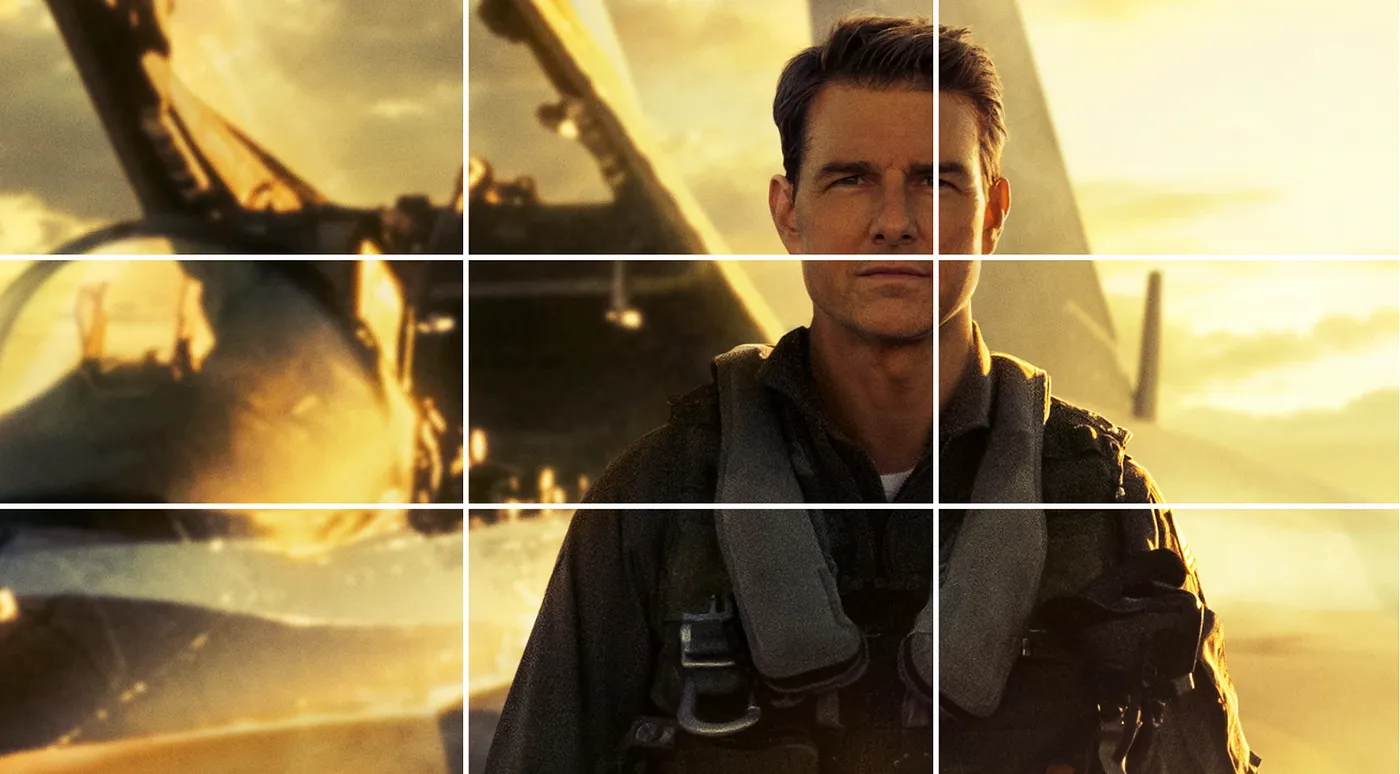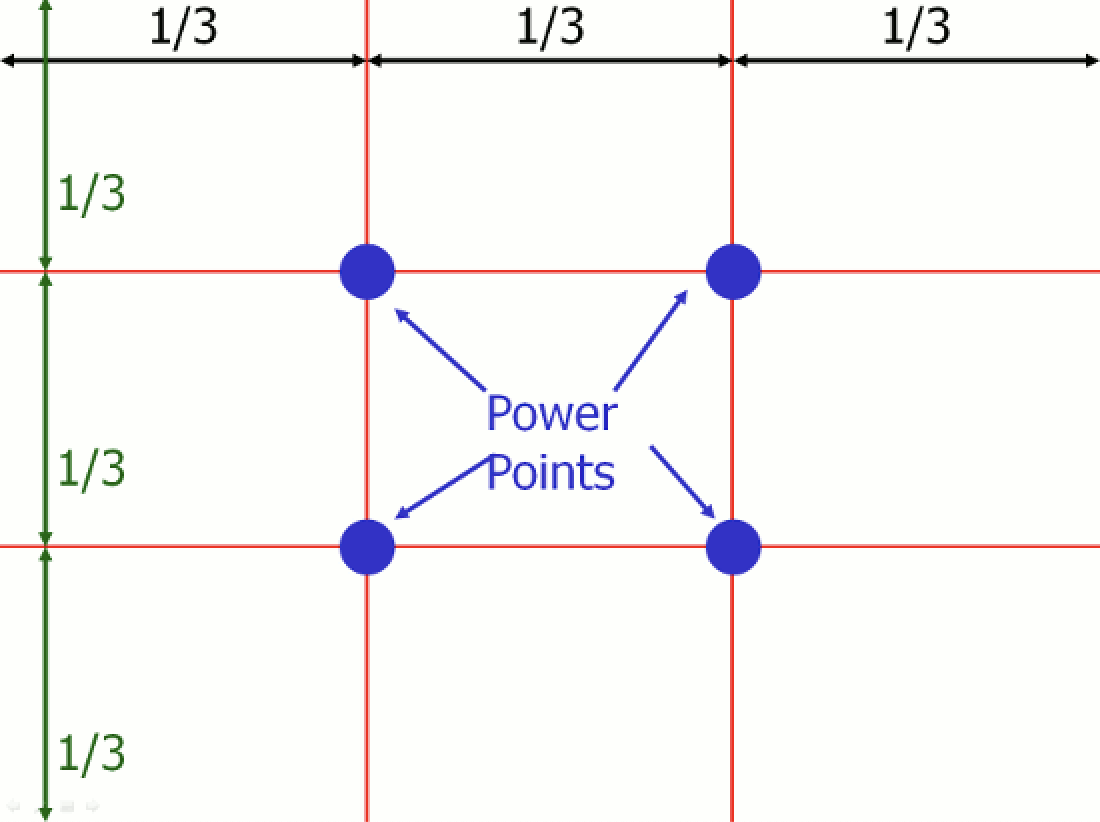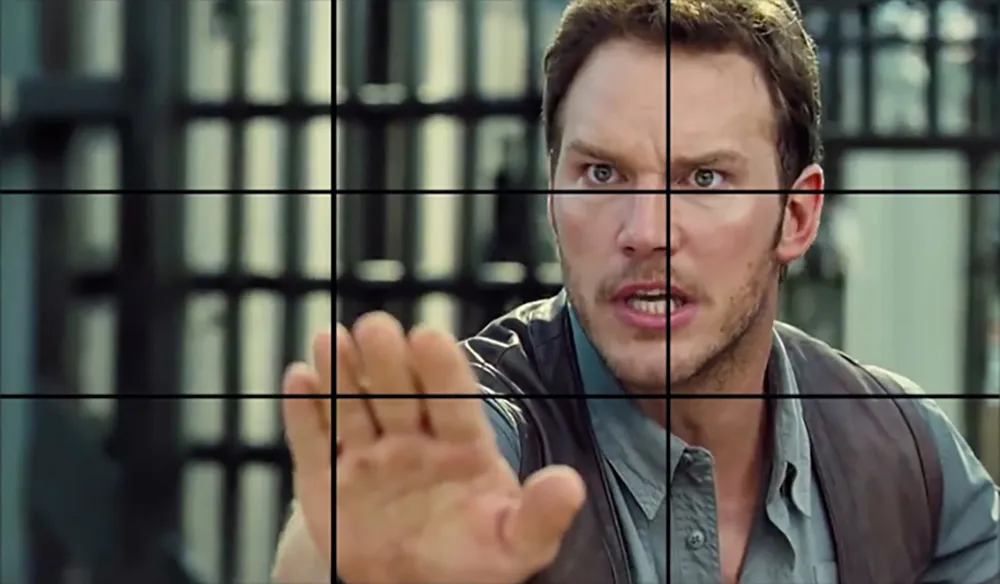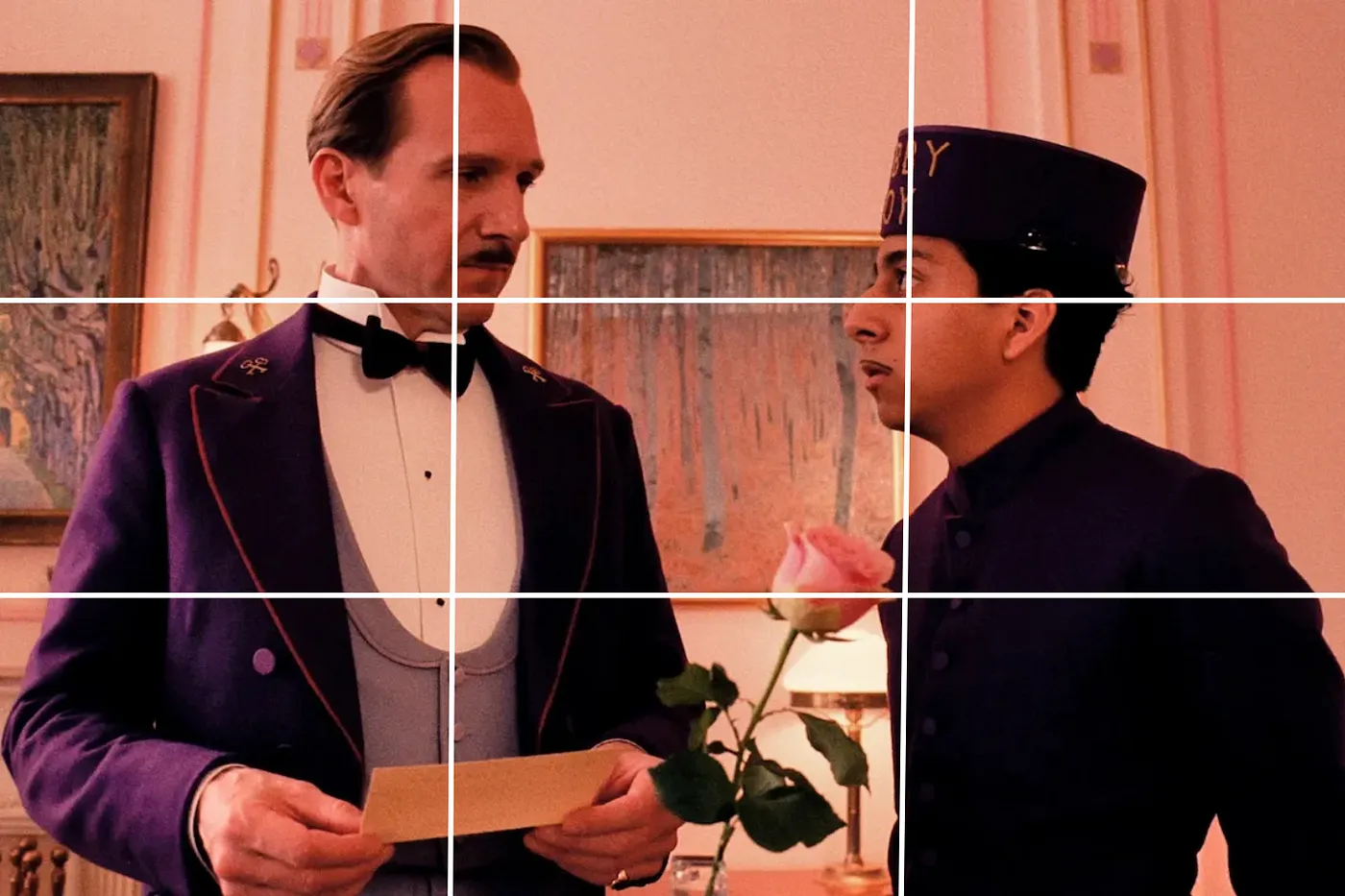The Rule of Thirds: Framing Emotion in Film
 Abhinav Gopal
Abhinav Gopal
Before an actor speaks or the camera moves, a well-composed frame already tells part of the story. One of the most reliable tools for doing that is the Rule of Thirds - not a beginner's trick, but a visual language used by top directors and cinematographers to shape emotion and meaning.
In this post, we'll explore how this fundamental principle goes beyond basic composition to become a powerful storytelling tool that shapes audience emotion and narrative tension.
What Is the Rule of Thirds, Really?
The Rule of Thirds divides the frame into a 3x3 grid using two vertical and two horizontal lines. The intersections - called power points - are natural spots for the eye to land. Placing subjects along these lines creates compositions that feel intentional and emotionally charged.

Why does it work? Because it mimics how we naturally perceive the world. We rarely focus dead-center. Framing off-center feels organic - it pulls us in without feeling staged.
In film, this creates real storytelling advantages:
- Adds tension or anticipation in a conversation
- Leaves room for implied motion or unseen elements
- Highlights background without distracting from the subject
Think of it as rhythm, not restriction - a structure that lets the frame breathe with purpose.
Why It Matters: Emotional and Narrative Control
Where a subject sits in the frame changes how we feel about them.
Examples:
- Left third, looking right → anticipation, looking ahead
- Right third, looking left → reflection, dwelling on the past
- Negative space beside a character → isolation, distance, danger
Horizontal placement matters too:
- Eyes on the top third → strength, confidence
- Eyes below center → vulnerability, insignificance
These subtle shifts help shape the tone of a scene before dialogue or action even begins.

Iconic Examples in Action
To truly grasp the power of the Rule of Thirds, it helps to see it in practice. These iconic film moments show how subtle compositional choices can transform simple frames into unforgettable emotional statements.
Top Gun: Maverick (2022) - Iconic Hero Framing
As Maverick walks away from his jet in the desert, he's placed on the left third of the frame, striding into negative space. It's more than a cool shot - it says everything about the character: independent, iconic, moving toward the unknown. The space around him becomes metaphor - the sky, the legacy, the risk.

The Grand Budapest Hotel (2014) - Symmetry vs. Thirds
Wes Anderson is known for centered framing, but he breaks symmetry when the story calls for emotional disruption. In moments of tension or chaos, characters shift into the thirds, creating imbalance that mirrors narrative shifts. He uses composition as storytelling - order versus disorder, structure versus feeling.

The Frame Is the Feeling
The Rule of Thirds isn't just about visual balance - it's about shaping emotion. It lets filmmakers guide the viewer's eye and frame the subtext of a scene.
Use it to:
- Convey power, distance, or vulnerability
- Create tension without movement
- Direct focus without shouting for attention
You don't need to follow it in every shot. But knowing when to use it - and when not to - is part of what makes a frame speak.
Because before the actors speak, before the music swells, before the story unfolds - the frame already knows.